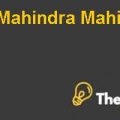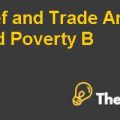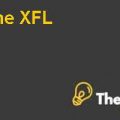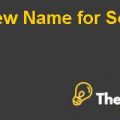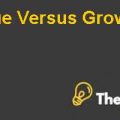Introduction
Marine harvest was formed in the year 2006 after a three-way merger of three different countries. The company has huge growth in the market since there was a large market gap that presented huge opportunity for the company.
On the other hand, demand for protein foods has been rising in US, Chile, and Norway and also in Europe. The customer’s awareness has increased the demand for seafood due to nutritional values, and health benefits. Initially company only distributed salmon in local markets such as Norway and Chile. The company has been operating in the market effectively with only one seafood salmon in which it has expertise and competitive advantage of low cost of production because it knew the best way to cut the costs associated with the salmon aquaculture. Meanwhile, increasing competition and health awareness, and environment protection issues have emphasized to governmental authorities control issues.
The company has concern for its future growth, and sustainability and has to enter into the second phase of business development thus company has hired new CEO Alf-Helg Aarskog so that he could provide future growth strategies, and ensure sustainability of business in long-term, and leveraging investment by acquiring investment opportunities since there is huge growth, and demand for seafood. For that it needs to consider proper decision-making regarding the alternatives available to it.
Company has three alternatives for the future prospects one that company should focus on expansion and market penetration, and it was only possible when there is increased capacity of production to meet the high demands. The second alternative was to forward integration with value added distribution by supplying various products other than salmon. The third alternative that company has was backward integration of involving in the feed business because the feed was a major contributor to cost of production. So, it was a challenge for the company to choose one alternative from these three alternatives to increase value for shareholders, and ensure growth and sustainability.
Marine Harvest Leading Salmon Aquaculture Harvard Case Solution & Analysis
Industry Analysis
Porter’s Five Forces
Bargaining Power of Supplier
There is high bargaining power of the suppliers. Because, the whole industry depends on these suppliers for the distribution and procurement of the products, and material from market to company, and from company to the market. So, it can be determined that suppliers could have huge influence on rising prices, and they could play monopoly, and put pressure on the whole industry.
Bargaining Power of Buyer
There is medium power of buyer in the aquaculture industry because the fish produced by the company is the most nutritional, fresh and healthier and it is also produced in a controlled environment which provides health benefits to the people. Beyond these benefits, the risk always remains there that power of buyer might rise if there are alternatives to fish, due to the low transferring cost.
Threat of substitute
There is high threat of substitute because, the aquaculture is a new industry, and it has been growing rapidly because it is not a traditional technique of fishing.Aquacultureis a new and artificial technique of producing fish. Meanwhile, it can be determined that company is alone producing salmon with aim to provide rich-protein diet to customers, and this opportunity has increased demand for high protein diet........
This is just a sample partical work. Please place the order on the website to get your own originally done case solution.

